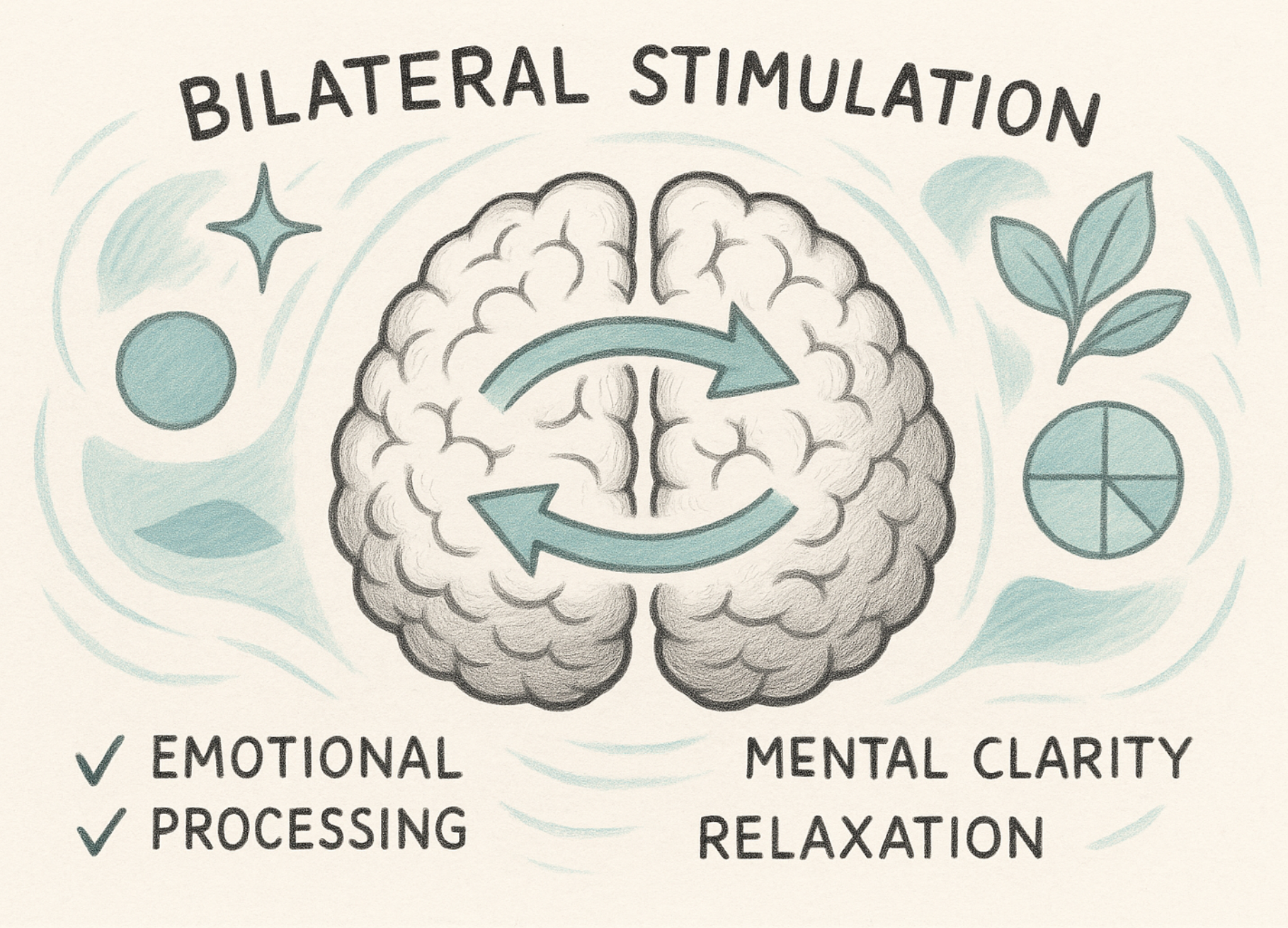
Art therapy has emerged as a vital approach to understanding and expressing complex human emotions, particularly for those navigating the murky waters of mental health. One innovative technique that has gained traction is the practice of drawing emotions as weather phenomena. This article explores how this method can facilitate emotional expression and processing, with references to research that supports its efficacy.
The Concept: Weather as Metaphor
Emotions are inherently difficult to articulate; they can shift rapidly and often defy precise description. By employing metaphors from nature, such as weather patterns, individuals can more easily relate their internal states to tangible imagery. For instance, feelings of sadness might manifest as rain or storms, while happiness could resemble clear skies or sunshine. This metaphorical framework allows individuals to explore their emotional landscapes in a way that feels safe and relatable.
Research Foundations
A study by G. M. Beck (2017) emphasizes the therapeutic potential of metaphoric thinking in emotional processing, noting that such approaches can reduce anxiety and promote self-reflection. Furthermore, research conducted by C. A. Baggerly and M. L. Parker (2006) found that creative expression through art outcomes can foster emotional release and increased insight into one’s feelings. In this context, the act of drawing weather to represent one’s emotions serves not only as an artistic endeavor but also as a pathway toward healing.
Mechanisms of Healing
1. Externalizing Emotions: Drawing creates a physical representation of abstract feelings, enabling individuals to see their emotions from a distance. This externalization can lead to greater objectivity and help mitigate overwhelming feelings.
2. Facilitating Communication: For those struggling to verbalize their emotions, using weather as a metaphor acts as a bridge. Art becomes a conversation starter, allowing therapists and clients to discuss feelings expressed on paper that might otherwise be difficult to articulate.
3. Encouraging Reflection: The process of creating weather-themed drawings invites reflection on personal experiences and emotions. As individuals assess what type of weather resonates with different feelings, they engage in an introspective dialogue that deepens self-awareness.
Practical Application
To integrate this technique into your routine, consider the following steps:
– Materials: Gather simple drawing materials—colored pencils, markers, or watercolors.
– Prompt: Start with a prompt, such as ‘Draw how you feel today’ or ‘What does your current mood look like as a weather pattern?’
– Reflection: After creating your piece, take time to reflect on what each element represents. You might write down a few words or sentences describing your drawing and the emotions it evokes.
– Sharing: If comfortable, share your drawings in a group setting or with a therapist. Discussing your artwork can enhance the therapeutic value and open doors to deeper conversations about your experiences.
Conclusion
Drawing emotions as weather offers a unique avenue for expressing and understanding our inner worlds. This method encourages exploration and communication, making it a valuable tool in the realm of art therapy. By embracing this practice, you may find not only a means of expression but also a deeper connection with yourself and your emotions. The fluidity of weather parallels the ever-changing nature of our feelings, providing a comforting reminder that it is okay to experience change.
In navigating your own journey, remember that art can serve as both a mirror and a window—reflecting the depths of your emotions while allowing you to view them from a new perspective.




Leave a Reply